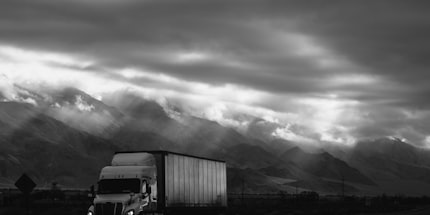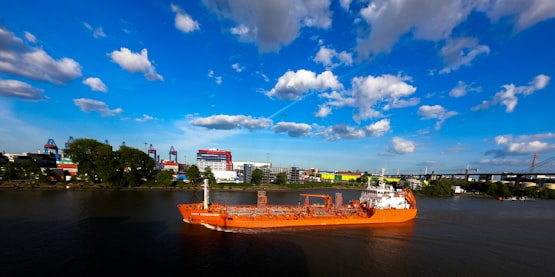
As covered in several earlier FreightWaves Classics articles, there are a number of highways designated as interstate highways that are located only in a single state. Examples include (with links to the articles): Interstate 2, Interstate 4, Interstate 11, Interstate 12, Interstate 14, Interstate 16, Interstate 17, Interstate 19, Interstate 27, and Interstate 37.
These and other highways are termed interstates and are part of the Interstate Highway System (IHS) because they were built to...
https://www.freightwaves.com/news/freightwaves-classicsinfrastructure-i-43-serves-wisconsin-only









 A map of Interstate 35. (Image: I35highway.com)
A map of Interstate 35. (Image: I35highway.com)






